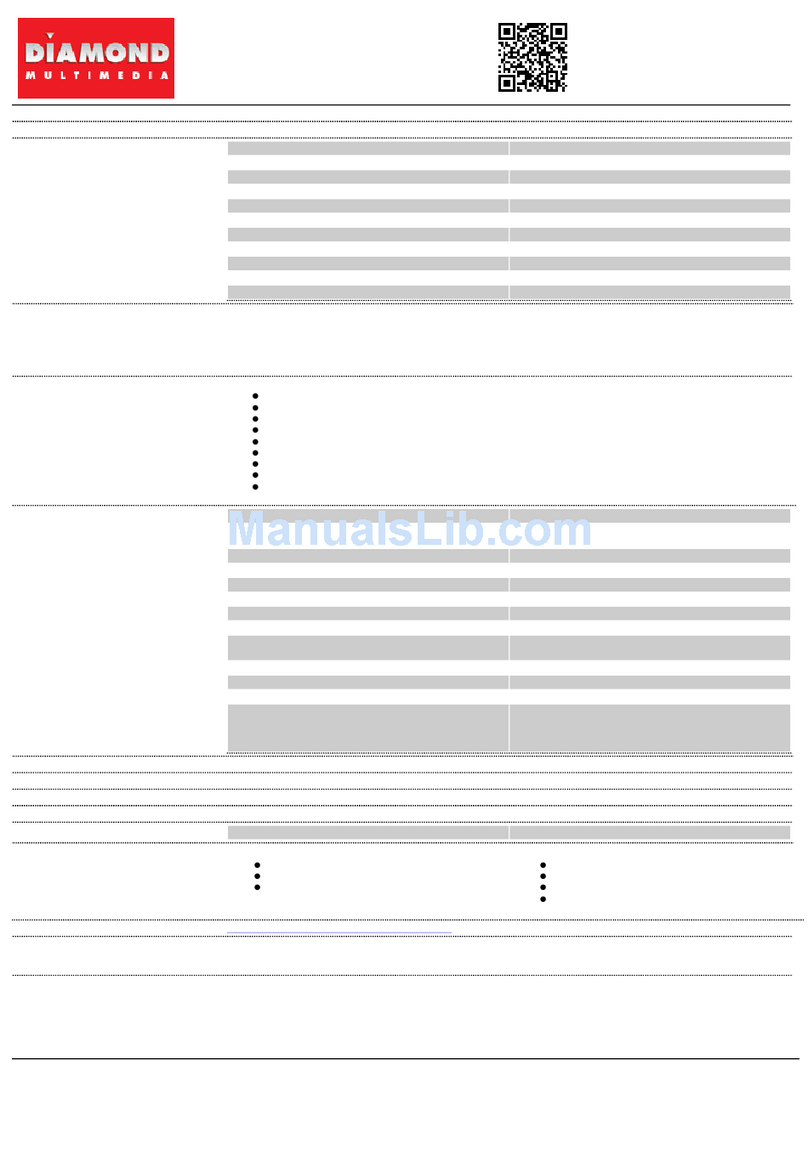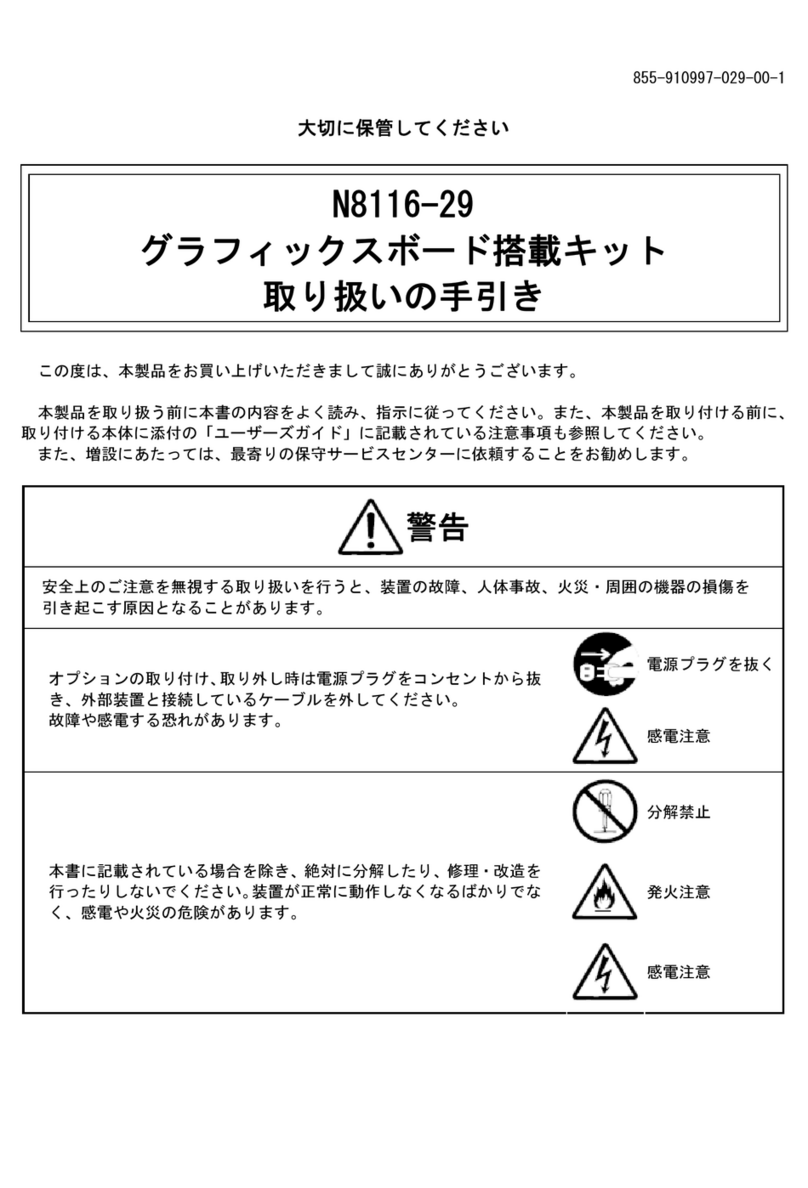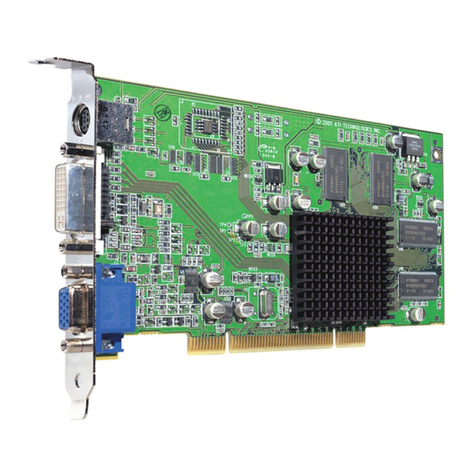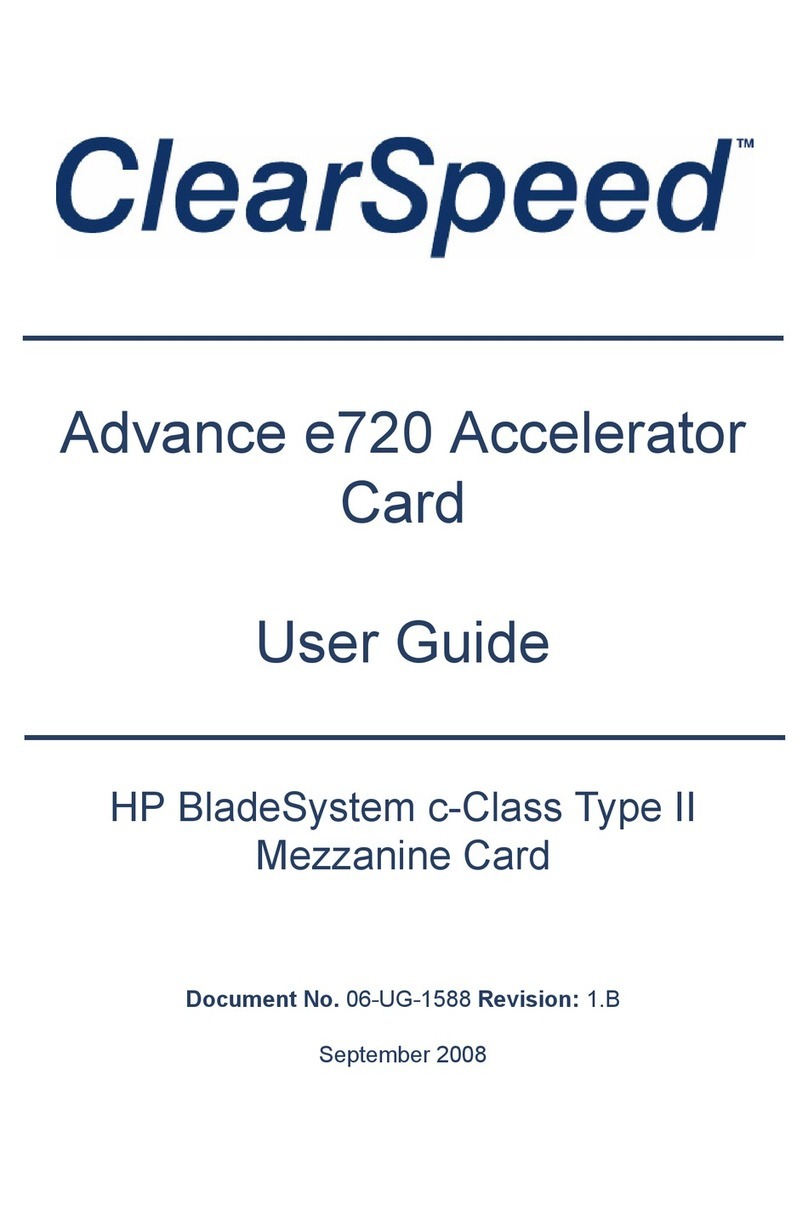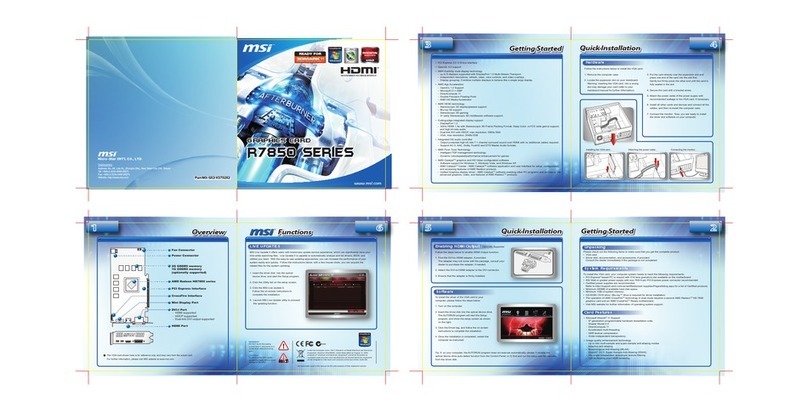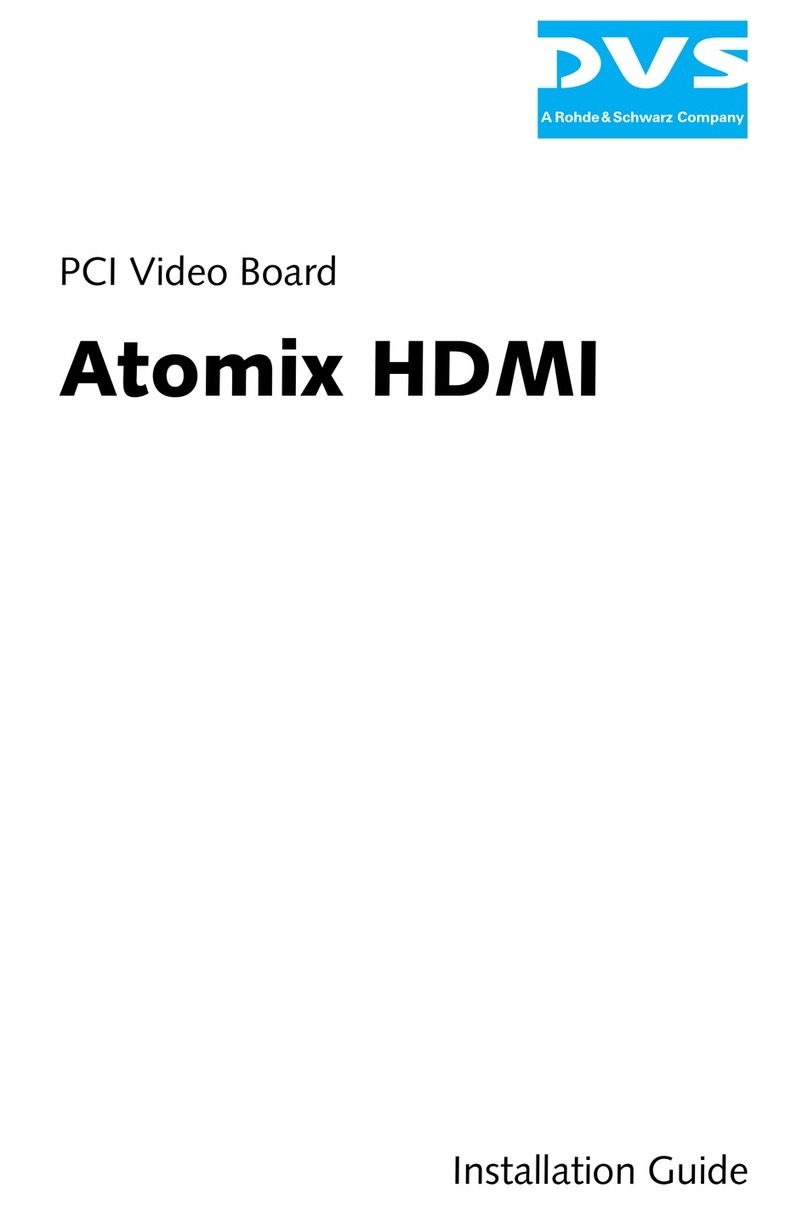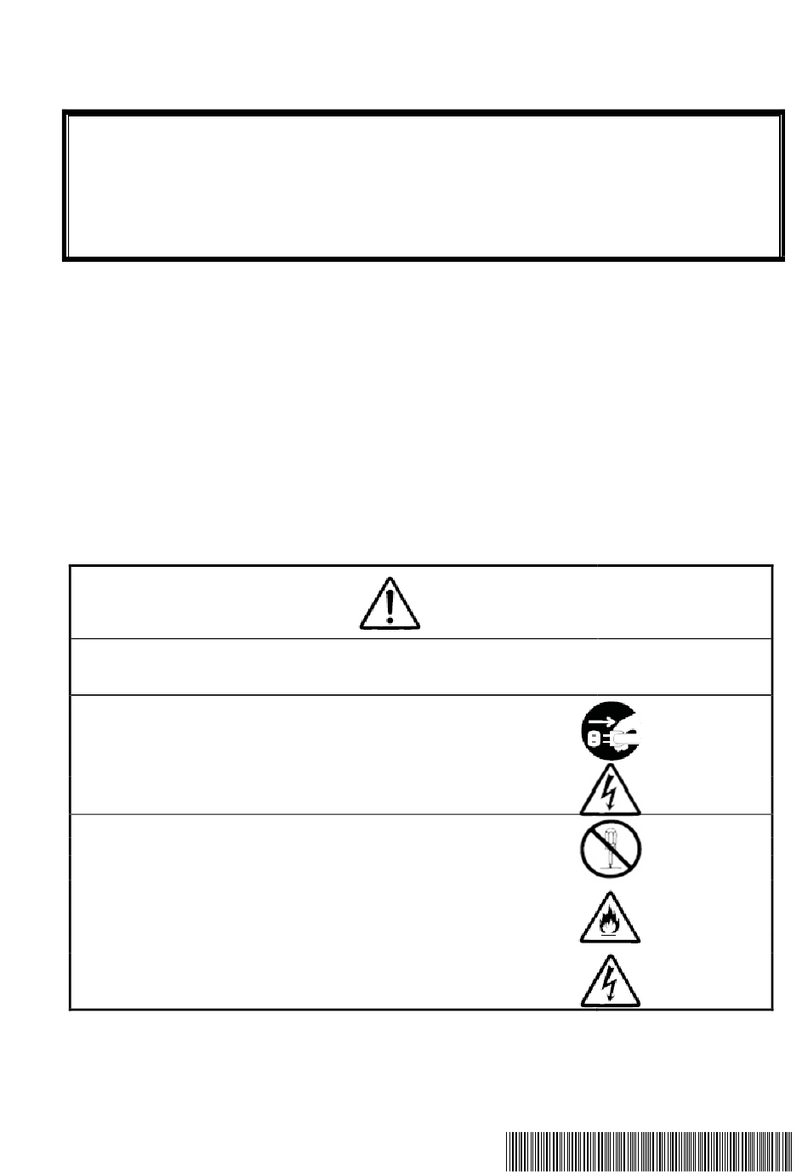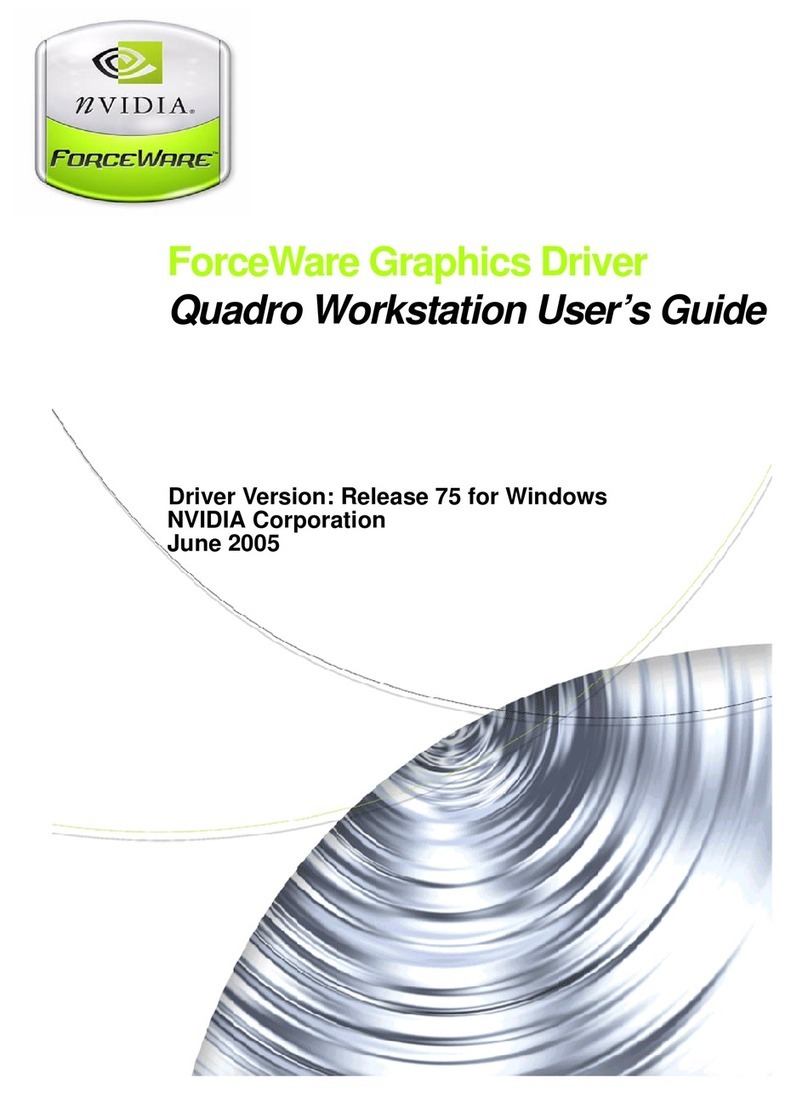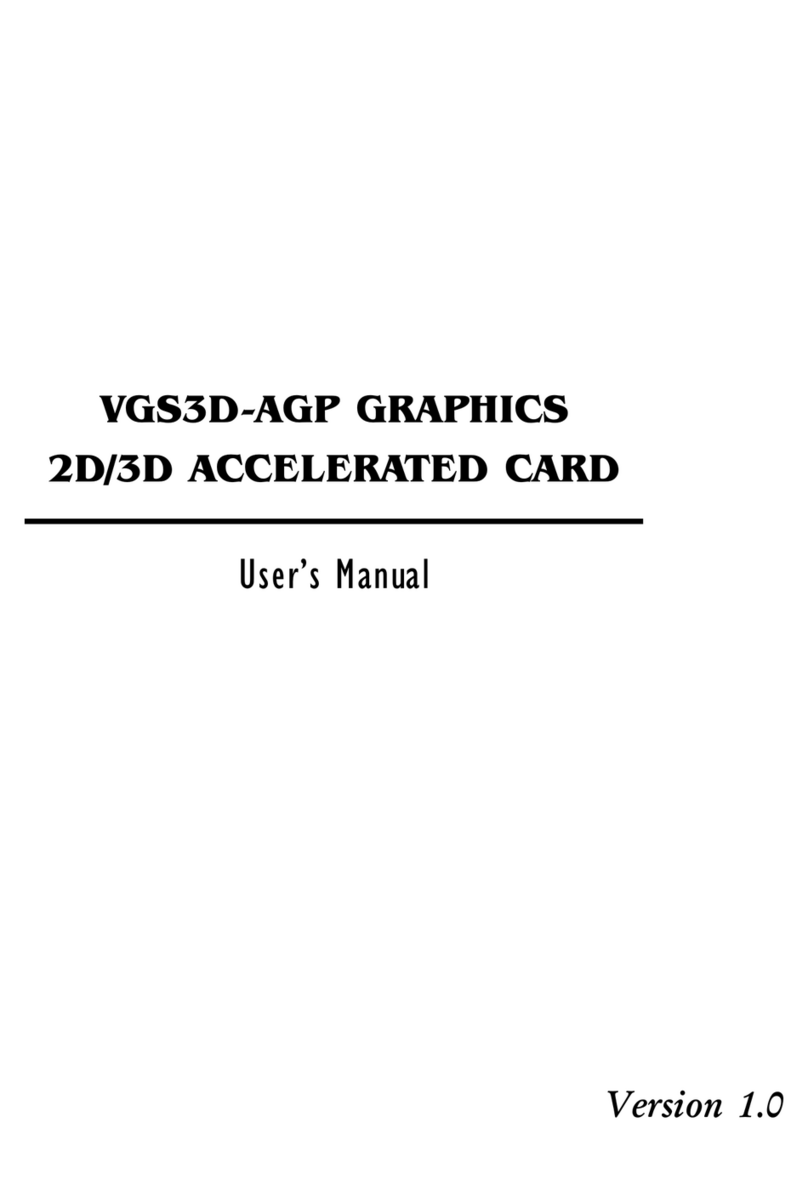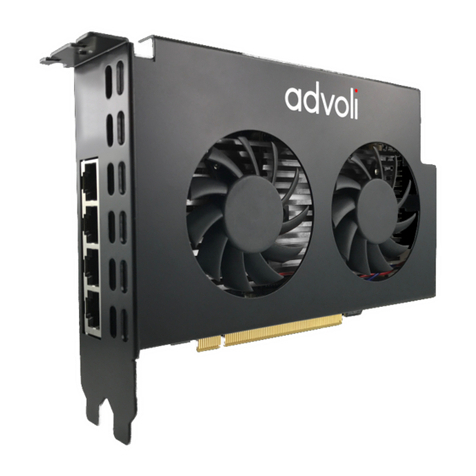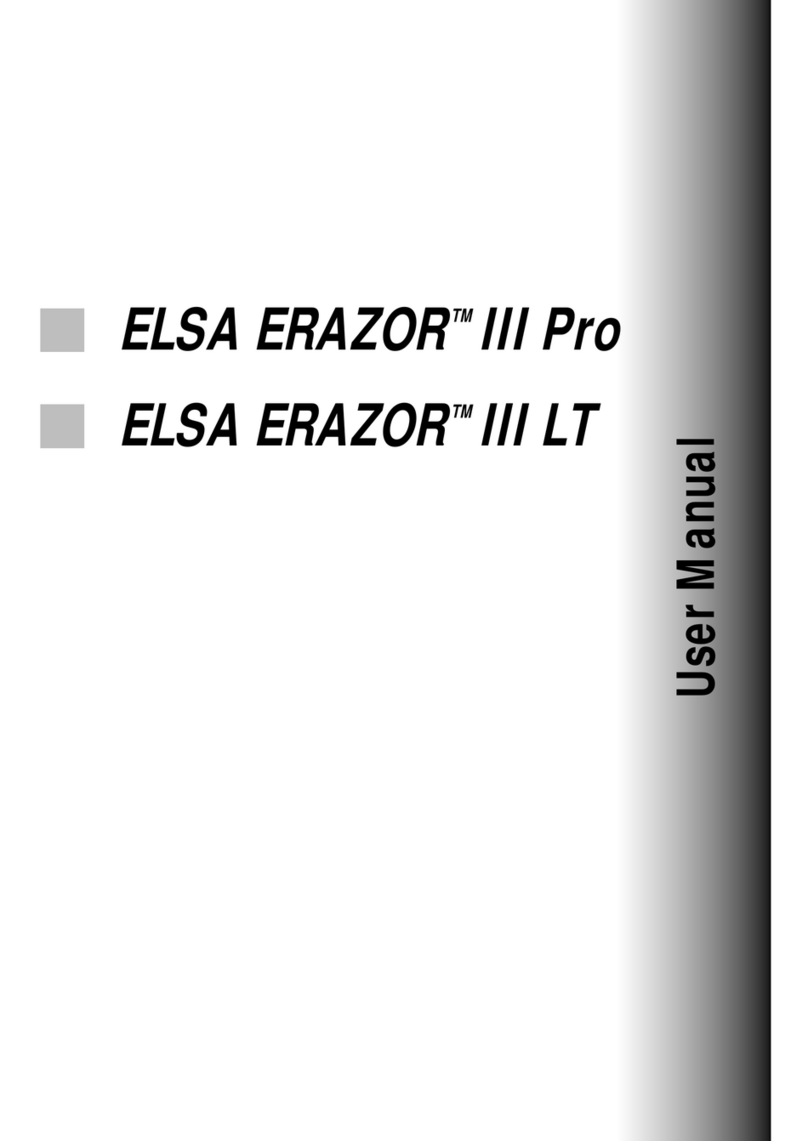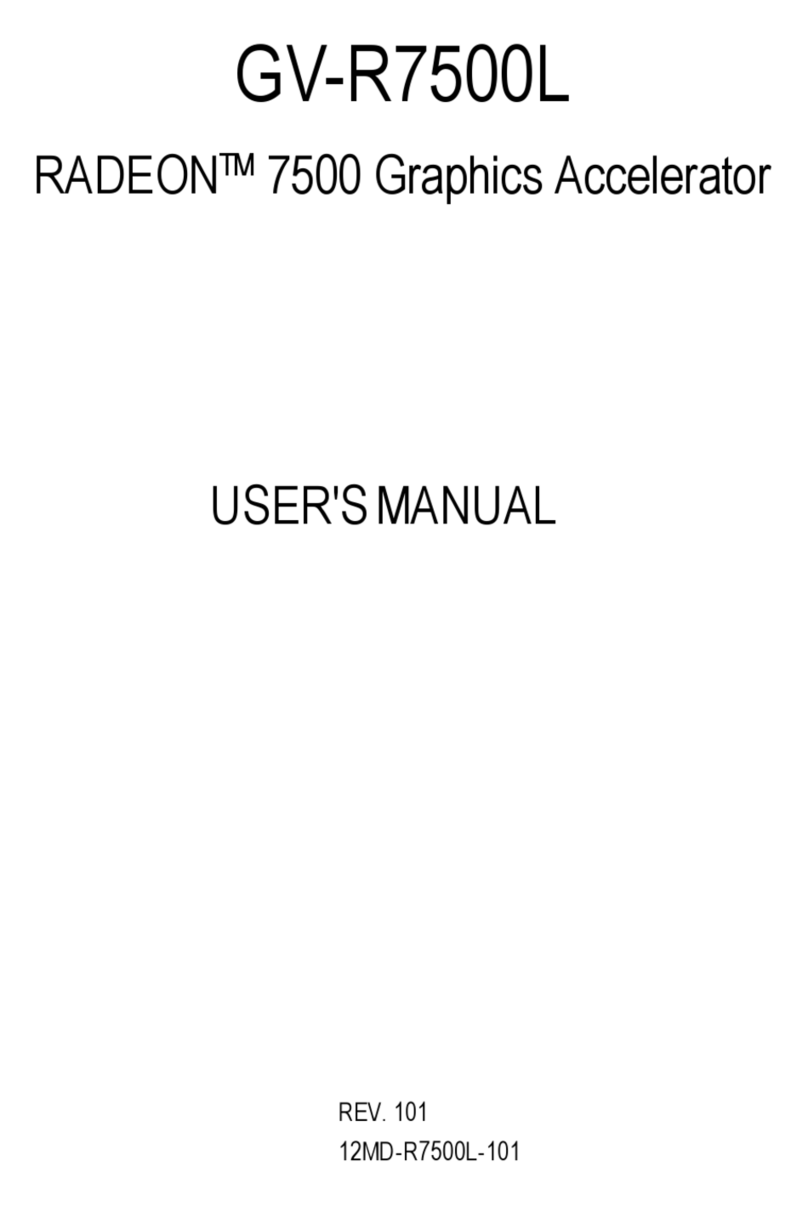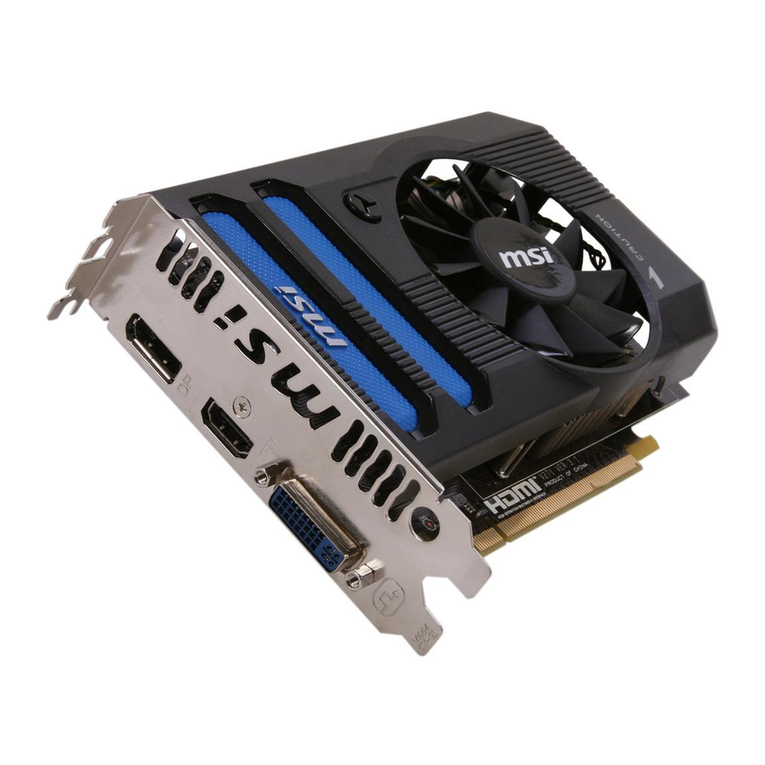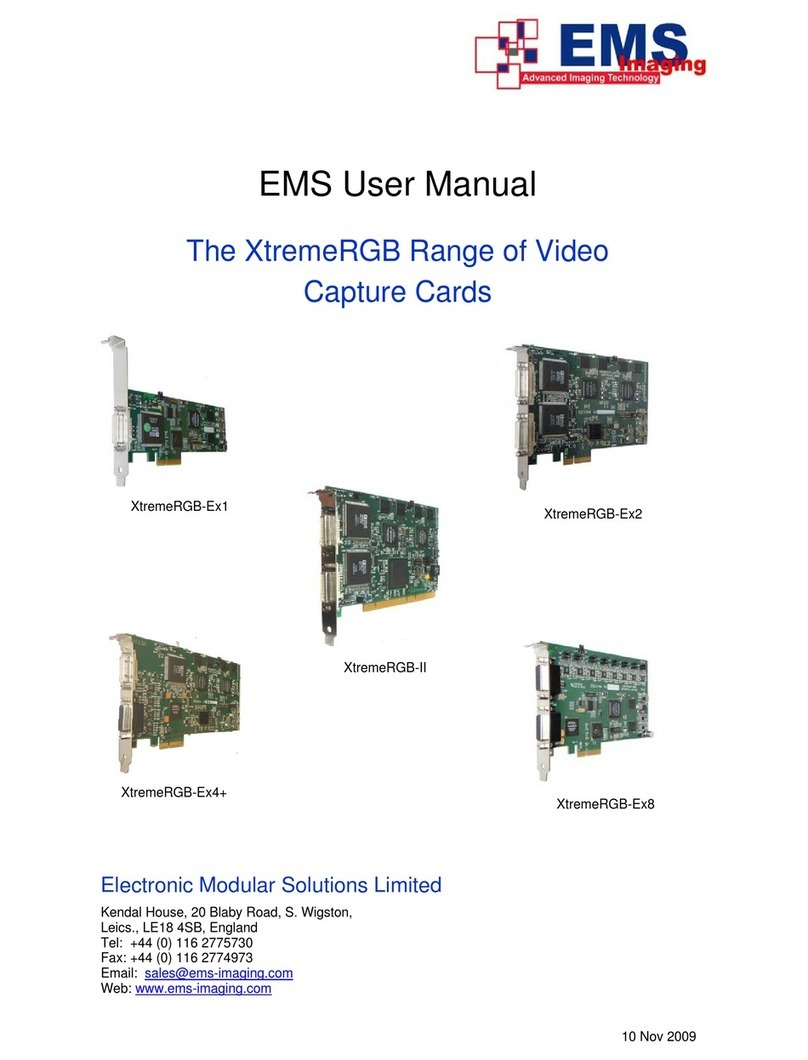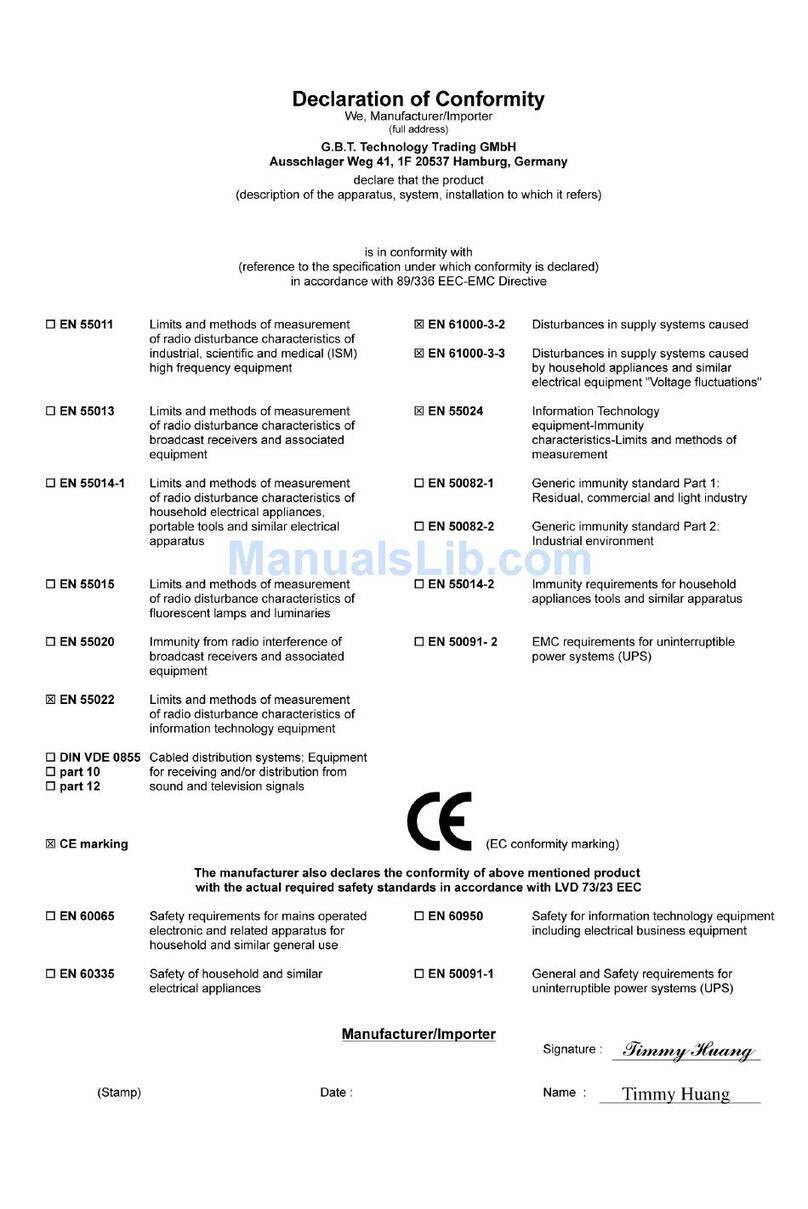
Contents TVP4020 Programmers Reference Manual
iv
Table of Figures
Figure 2.1 External Interfaces ............................................................................................................. 3
Figure 3.1 DMA Tag Description Format.......................................................................................... 13
Figure 3.2 Indexed Format............................................................................................................... 15
Figure 5.1 Hyperpipeline .................................................................................................................. 41
Figure 5.2 Triangle Mesh................................................................................................................... 43
Figure 5.3 Triangle Fan.....................................................................................................................43
Figure 5.4 Rasterizing a triangle........................................................................................................ 49
Figure 5.5 Polyline............................................................................................................................. 51
Figure 5.6 Relationship between Bitmask and Scanning Directions.................................................55
Figure 5.7 Copy Operation................................................................................................................ 58
Figure 5.8 Real Coordinate Representation...................................................................................... 61
Figure 5.9 Screen Scissor and User Scissor Tests........................................................................... 69
Figure 5.10 Scissor Mode Register................................................................................................... 70
Figure 5.11 AreaStippleMode Register ............................................................................................. 70
Figure 5.12 LBReadMode Register................................................................................................... 75
Figure 5.13 LBWriteMode Register ................................................................................................... 75
Figure 5.14 LBReadFormat / LBWriteFormat Register ..................................................................... 76
Figure 5.15 Depth Interpolation......................................................................................................... 80
Figure 5.16 Depth Derivative Format ................................................................................................ 81
Figure 5.17 StencilMode Register ..................................................................................................... 81
Figure 5.18 StencilData Register....................................................................................................... 81
Figure 5.19 DepthMode Register ......................................................................................................82
Figure 5.20 Window Register............................................................................................................82
Figure 5.21 Texture Address Interpolation........................................................................................ 85
Figure 5.22 Fixed Point S and T Format ...........................................................................................86
Figure 5.23 Fixed Point Q Format..................................................................................................... 86
Figure 5.24 TextureAddressMode..................................................................................................... 87
Figure 5.25 TextureReadMode Register........................................................................................... 90
Figure 5.26 TextureMapFormat Register .......................................................................................... 91
Figure 5.27 TextureDataFormat Register.......................................................................................... 91
Figure 5.28 TexelLUTMode Register ................................................................................................92
Figure 5.29 TexelLUTAddress register .............................................................................................92
Figure 5.30 YUVMode Register......................................................................................................... 97
Figure 5.31 ChromaUpperBound and ChromaLowerBound Registers RGB Format........................ 97
Figure 5.32 ChromaUpperBound and ChromaLowerBound Registers YUV Format ........................ 97
Figure 5.33 FBReadMode Register.................................................................................................103
Figure 5.34 FBWriteMode Register................................................................................................. 103
Figure 5.35 FBReadPixel Register.................................................................................................. 104
Figure 5.36 PackedDataLimits Register.......................................................................................... 104
Figure 5.37Color Representation .................................................................................................... 105
Figure 5.38 Color Interpolation........................................................................................................ 106
Figure 5.39 Fixed Point Color Format ............................................................................................. 106
Figure 5.40 ColorDDAMode Register.............................................................................................. 107
Figure 5.41 Fog Interpolation Over A Triangle................................................................................ 111
Figure 5.42 Fog Interpolant Fixed Point Format.............................................................................. 112
Figure 5.43 Fogging ........................................................................................................................113
Figure 5.44 TextureColorMode Register.........................................................................................115
Figure 5.45 Texel0 Register - RGB and YUV formats..................................................................... 115
Figure 5.46 FogMode Register........................................................................................................116
Figure 5.47 AlphaBlendMode Register............................................................................................ 116
